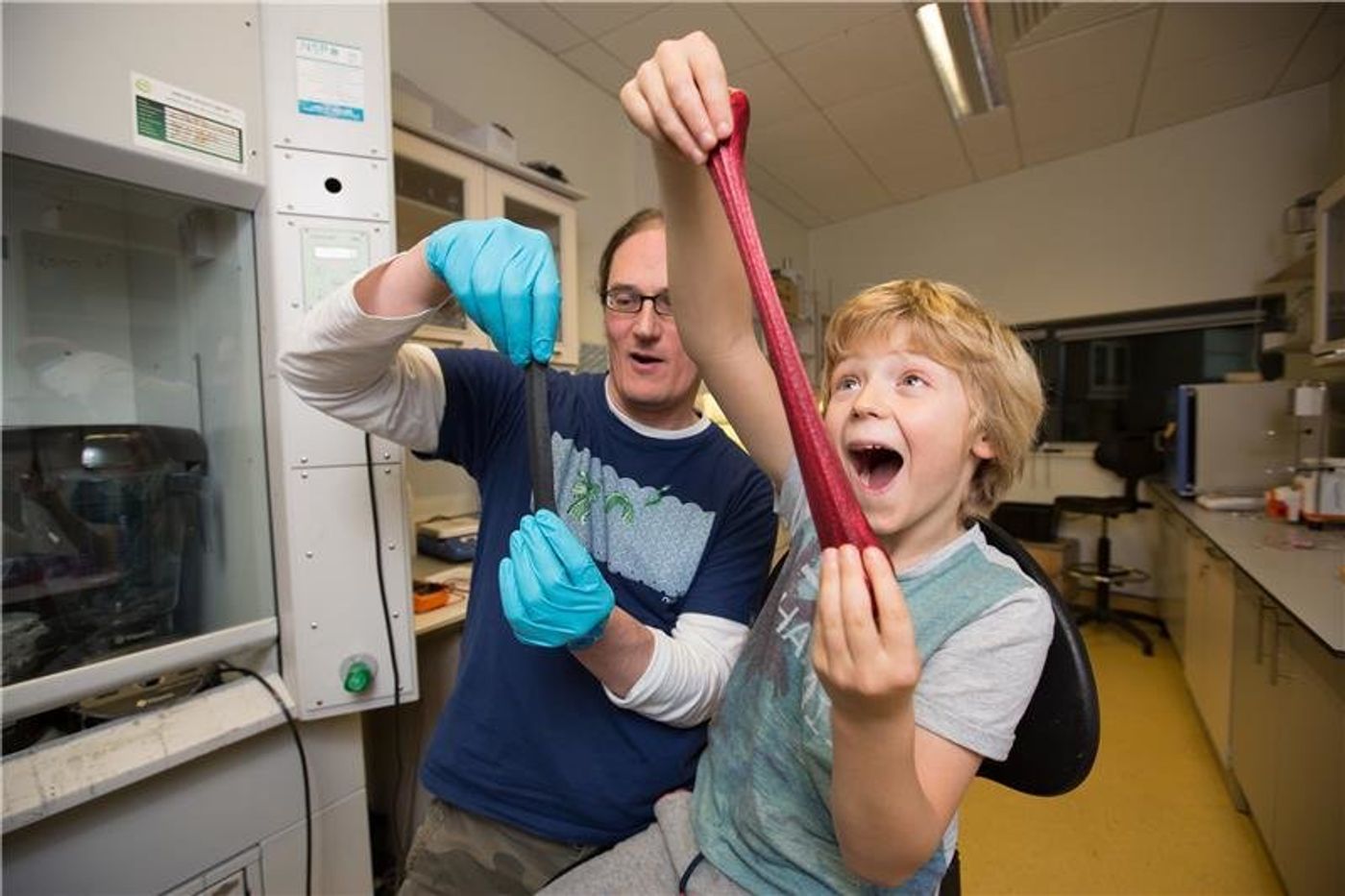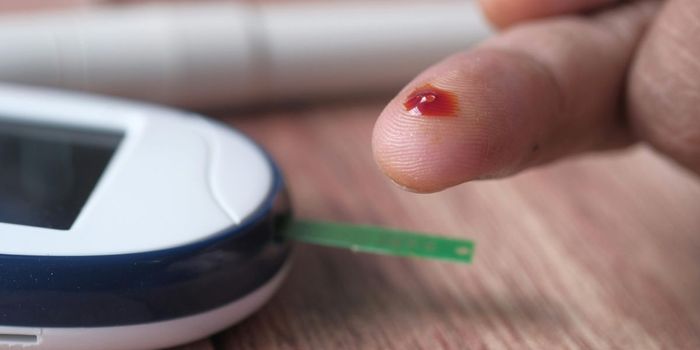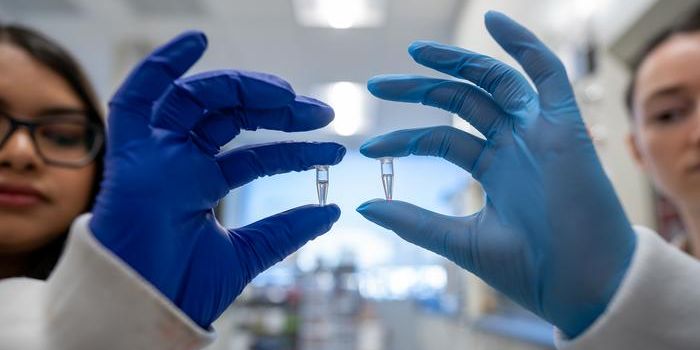Wearable Sensor Made from Silly Putty?
Silly Putty, the toy ubiquitous in nearly every household and elementary classroom, is the inspiration behind the latest type of wearable sensors. The putty is essentially a polymer, and if combined with graphene, the material may be transformed into the ultimate biological sensor that can track blood pressure, heart rate, and other highly sensitive biometrics.
The notion of using Silly Putty comes from Trinity College Dublin, led by Jonathan Coleman. The Coleman lab is known for mixing normal materials with extraordinary tasks – a form of “kitchen physics,” as described by Coleman.
“In that vein,” Coleman says, “one of my students thought, ‘Well, Silly Putty is a kids toy, but it’s really just a polymer, and a lot of people mix graphene with polymers—so why don’t we mix graphene with Silly Putty and see what happens?’”
Indeed, Silly Putty and graphene yielded remarkable sensitivity. “If you touch it even with the slightest pressure or deformation, the electrical resistance will change significantly,” Coleman says. “Even if you stretch or compress the Silly Putty by one percent of its normal size, the electrical resistance will change by a factor of five. And that’s a huge change.”
The extreme sensitivity could make the material immensely useful in measuring shifts in body motions. Think heart rate, breathing, abnormal heart rhythms, and pretty much any type of bodily function. “If you could continuously measure blood pressure, you would have a fantastic way of measuring the wellness of someone. This sensor can do that, and it can do it cheaply,” said Coleman.
Furthermore, another huge advantage of the G-Putty sensor would be its ability to conform and adapt to nearly all body surfaces. Such property would allow the sensor to be worn by even the fussiest wearer.
Coleman and his team also want to use the G-putty as an impact sensor. To that end, the team attempted to measure a spider’s imperceptible footsteps. However, they found that spiders don’t take well to the consistency and texture of Silly Putty. “The real problem was that when a spider would put one foot onto the putty, it didn’t like the feel of it at all, so it would run the other direction,” Coleman mused. “It was very difficult to get a spider to stay on it long enough to generate the train of footsteps.” The moral of the experiment? “Never work with children or animals.”
Additional sources: Graphene Flagship, Popular Science









